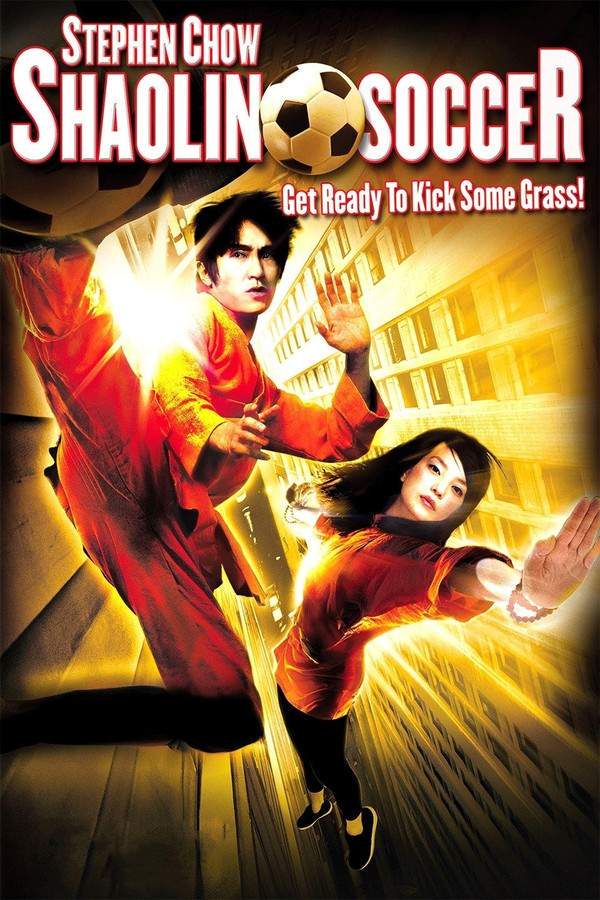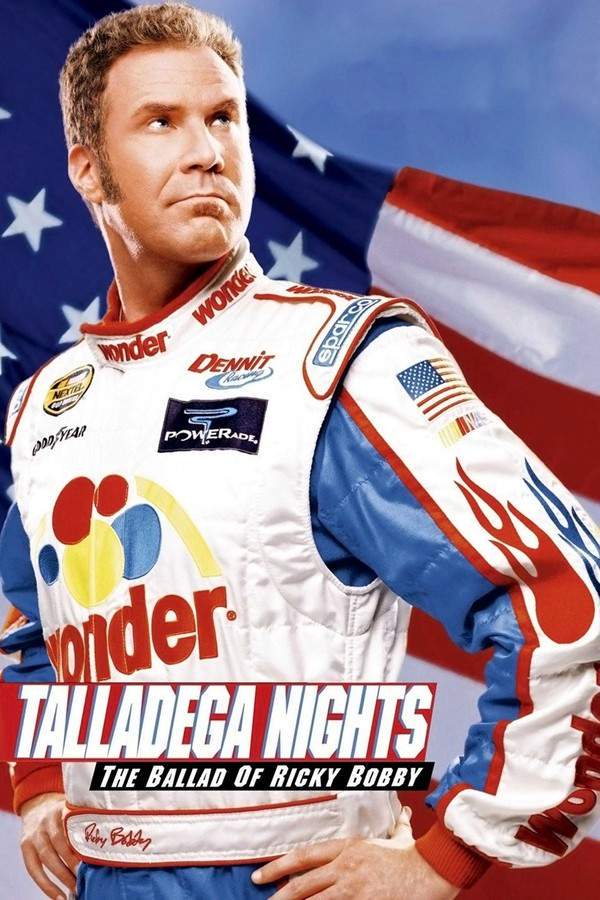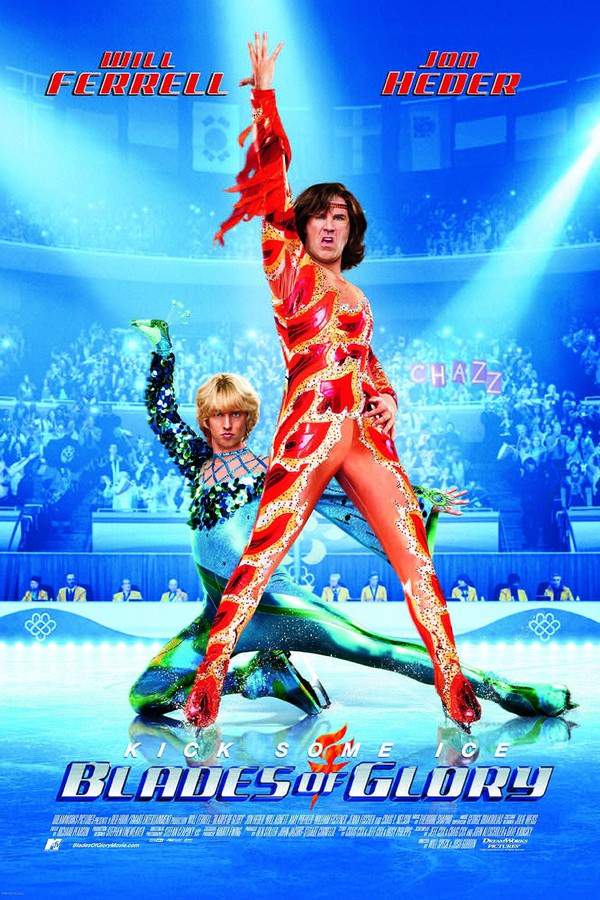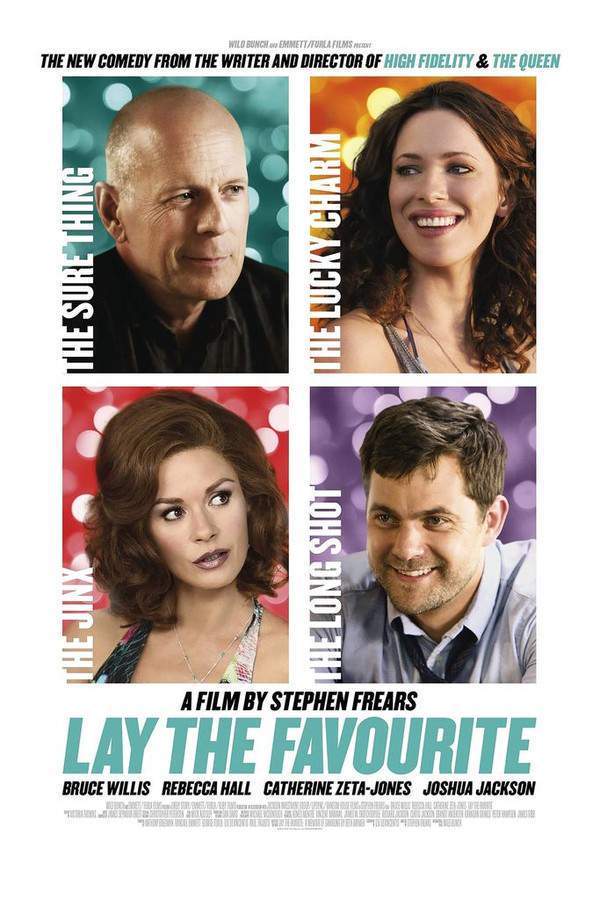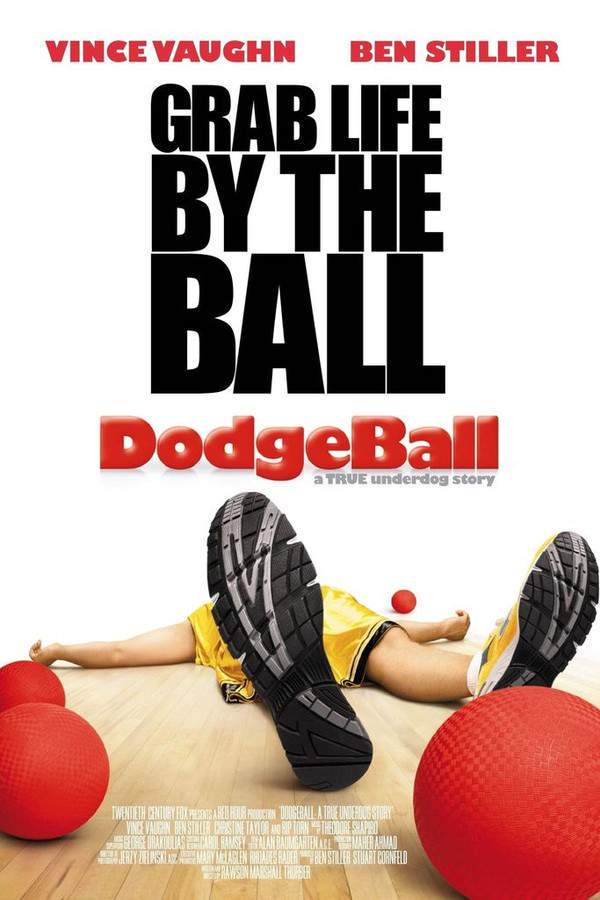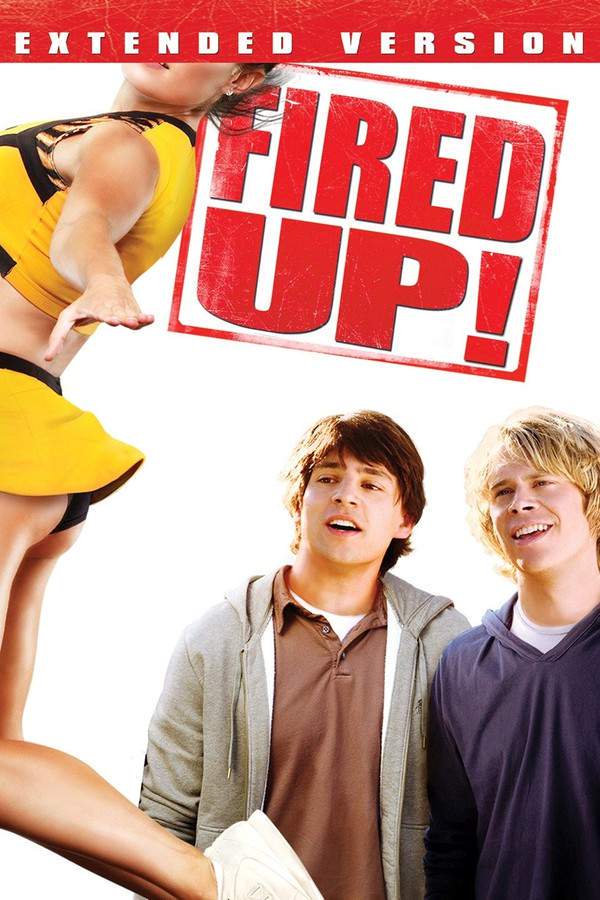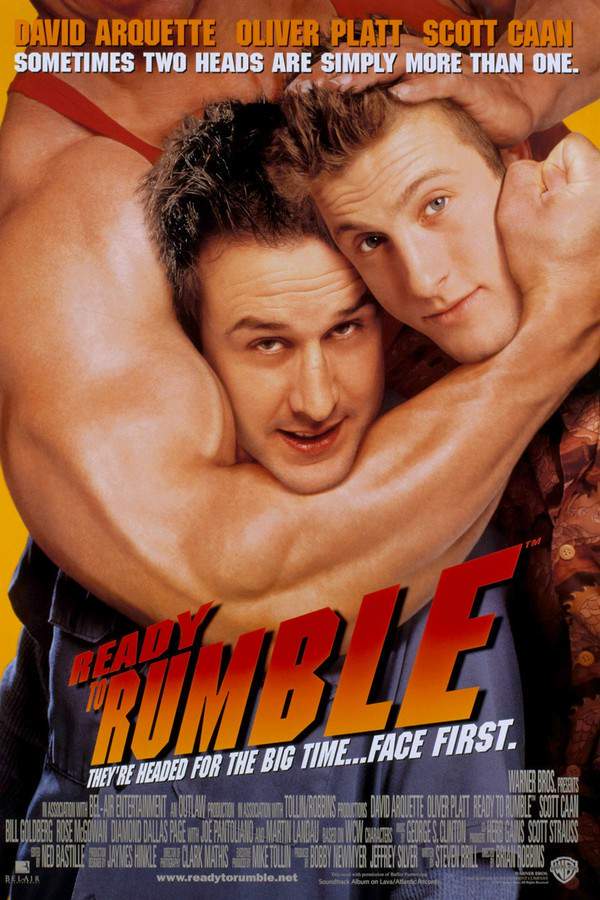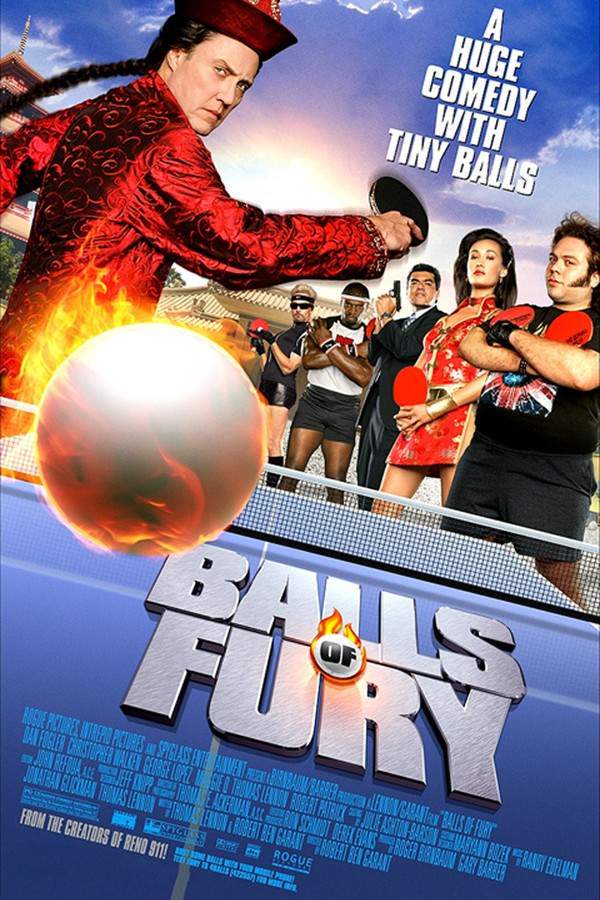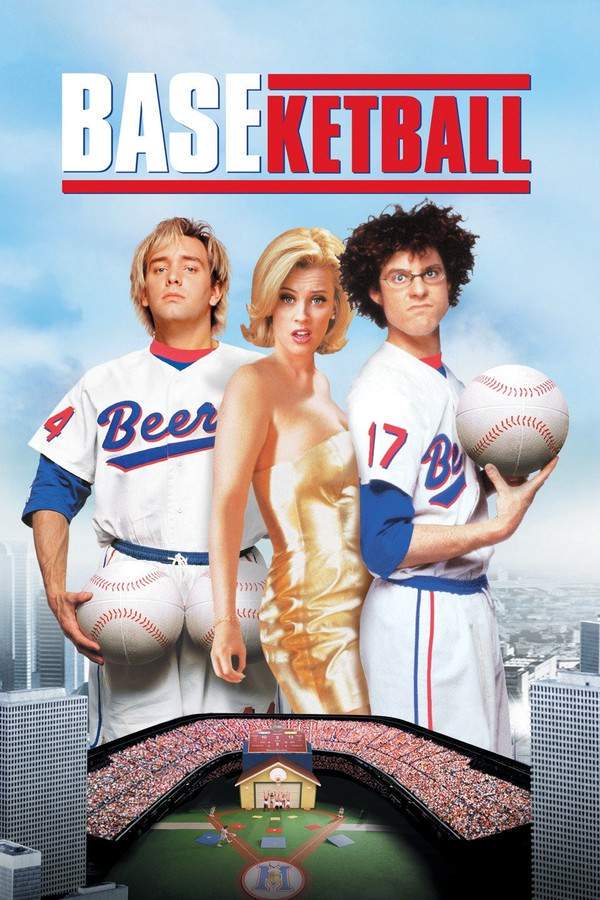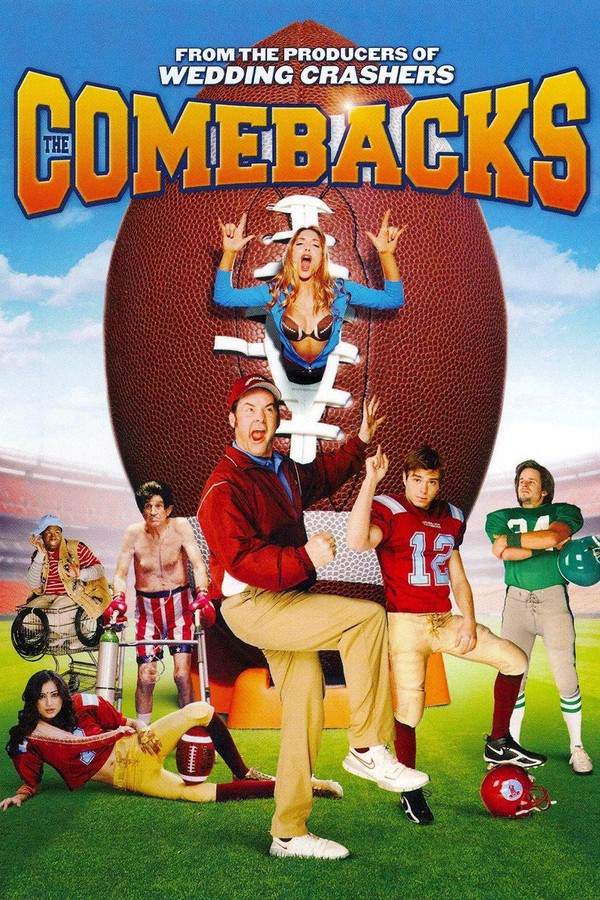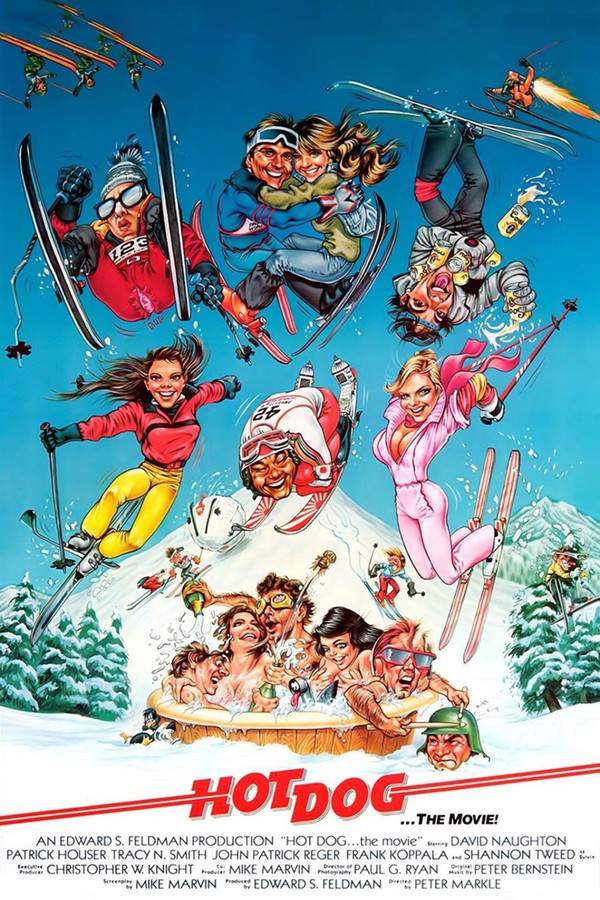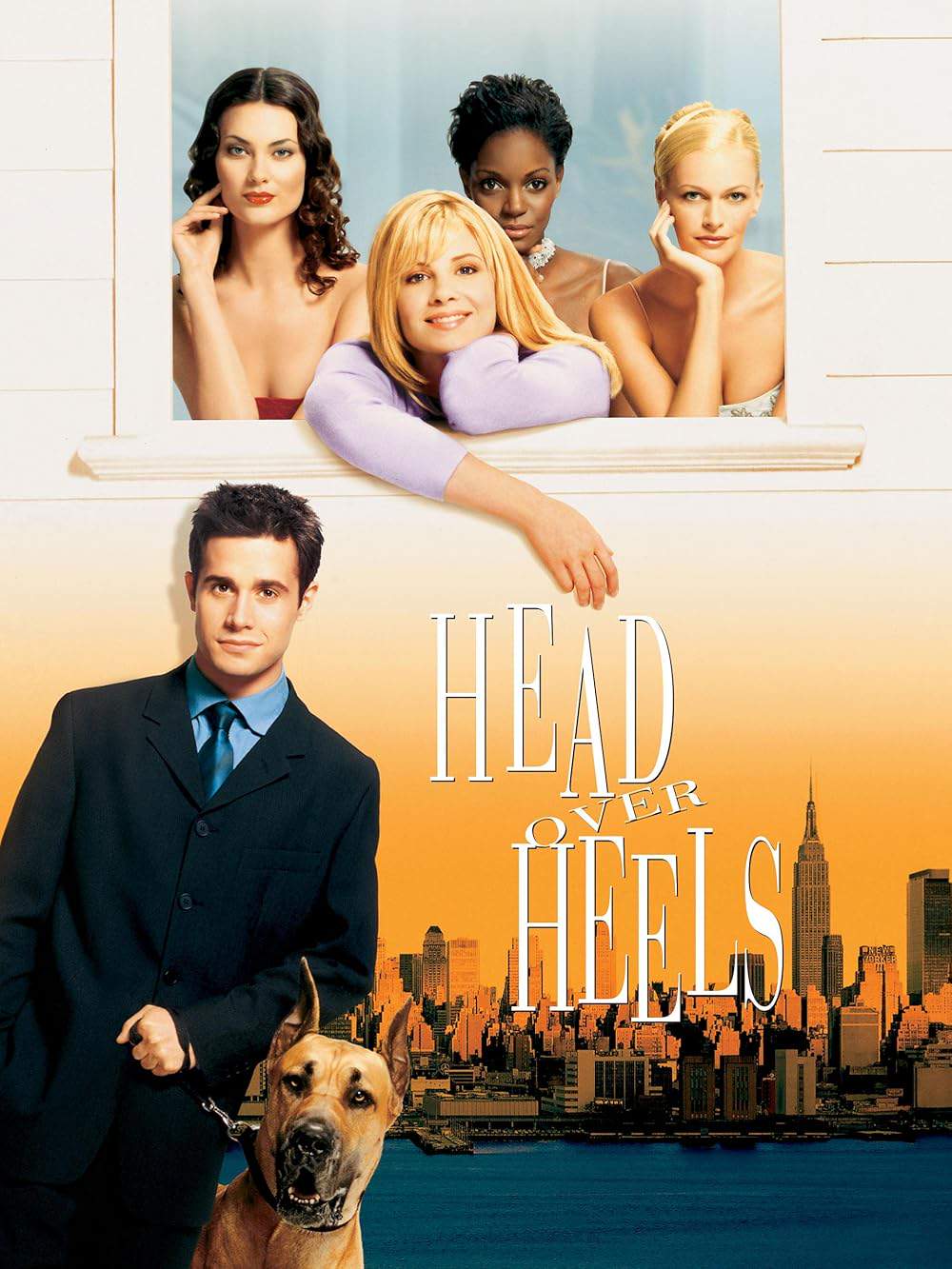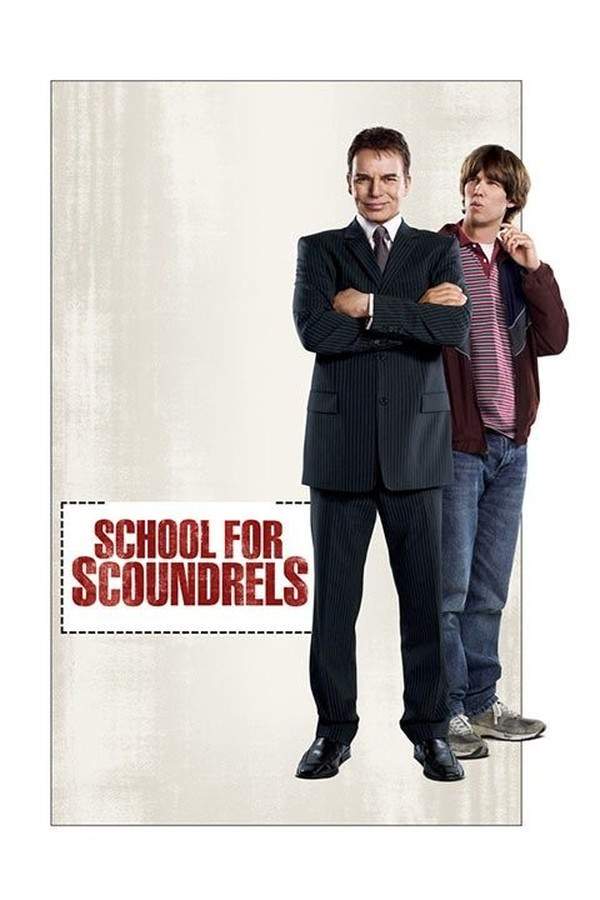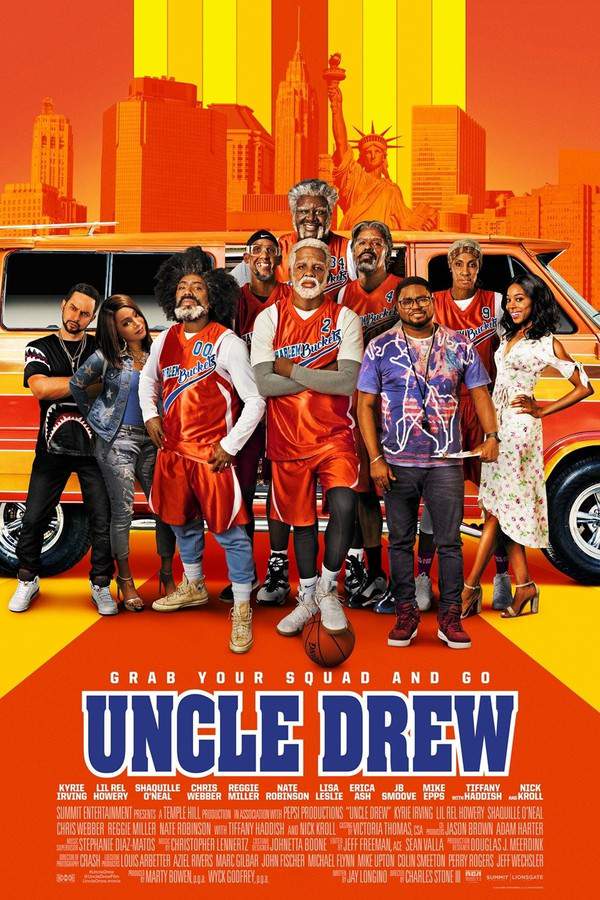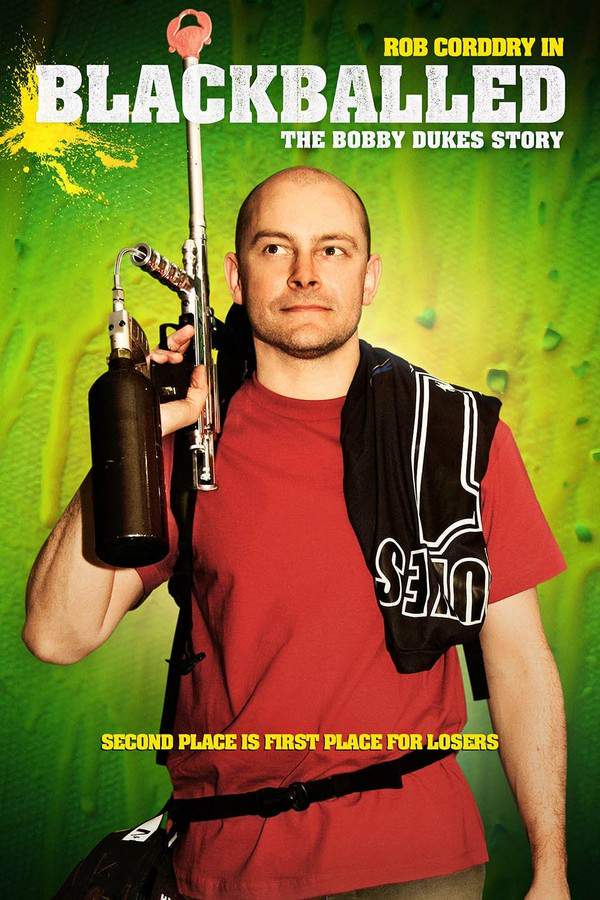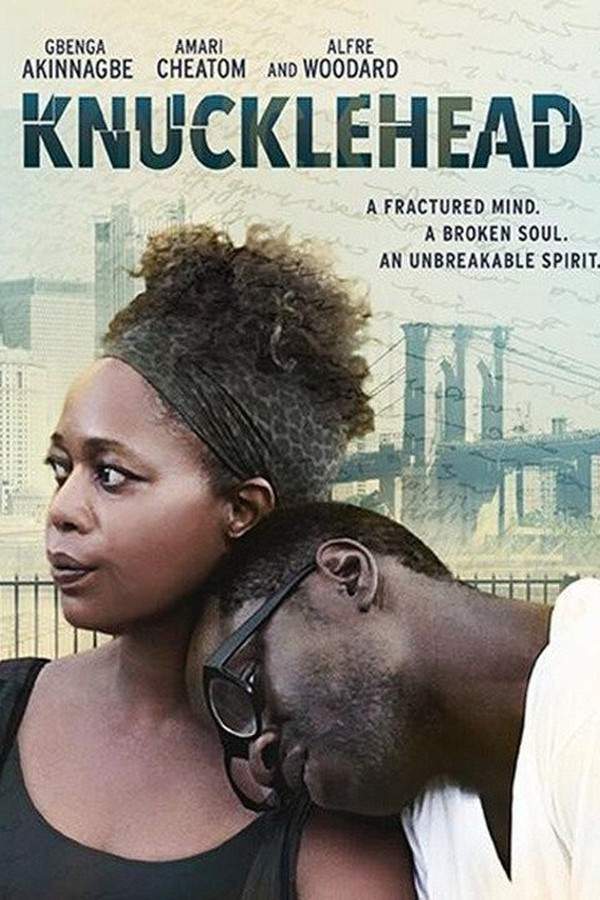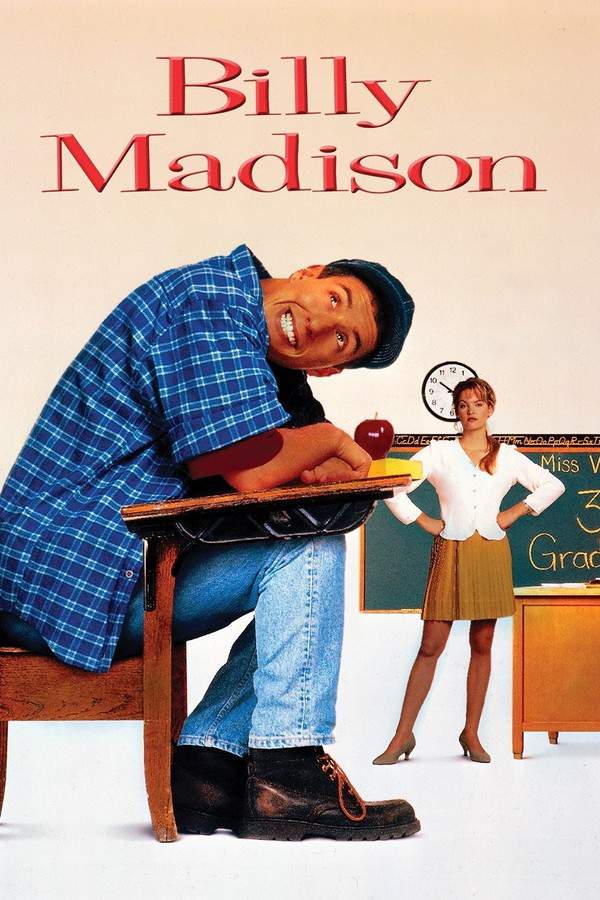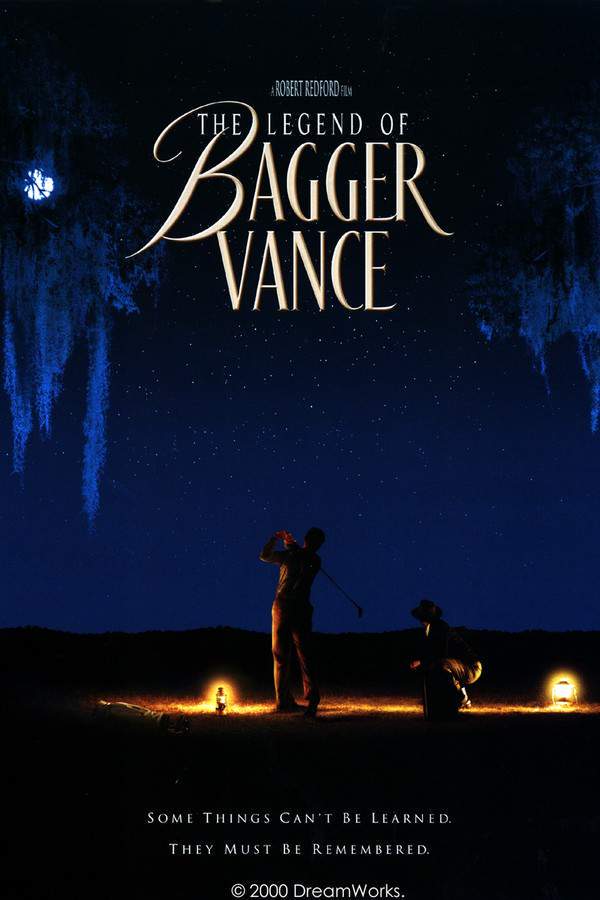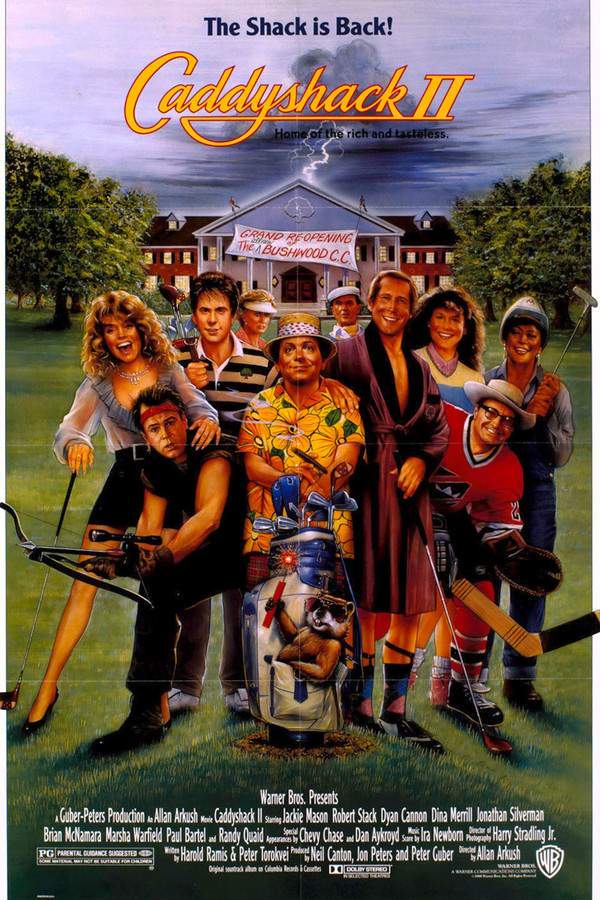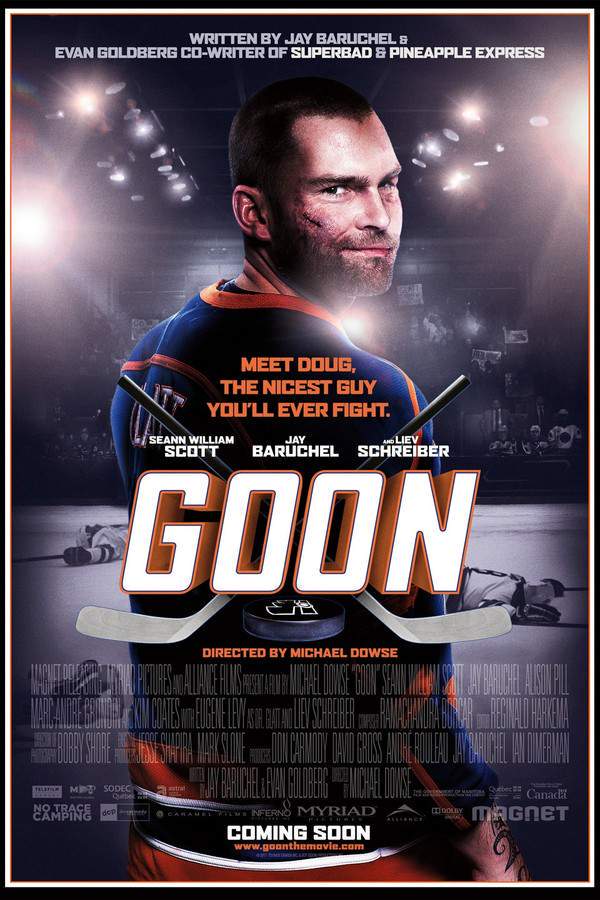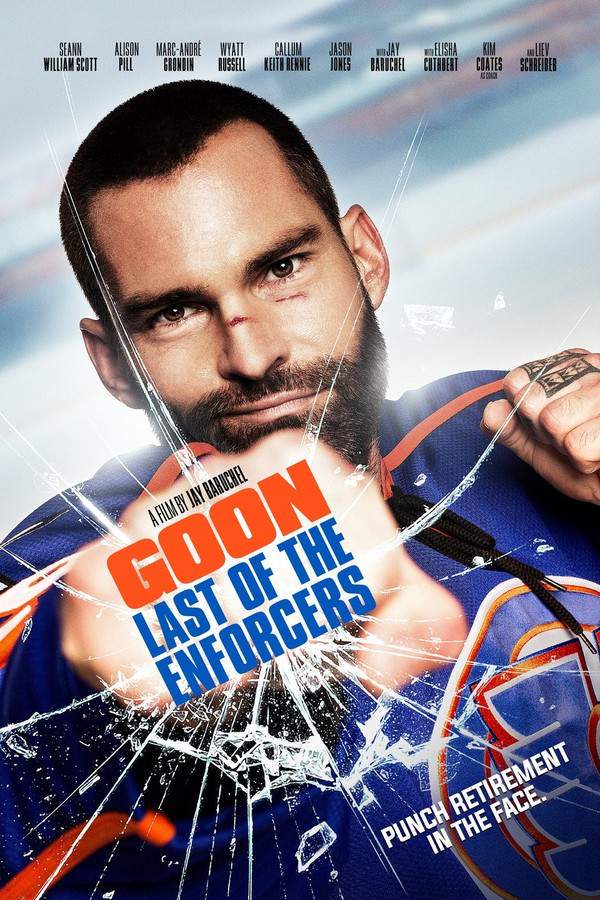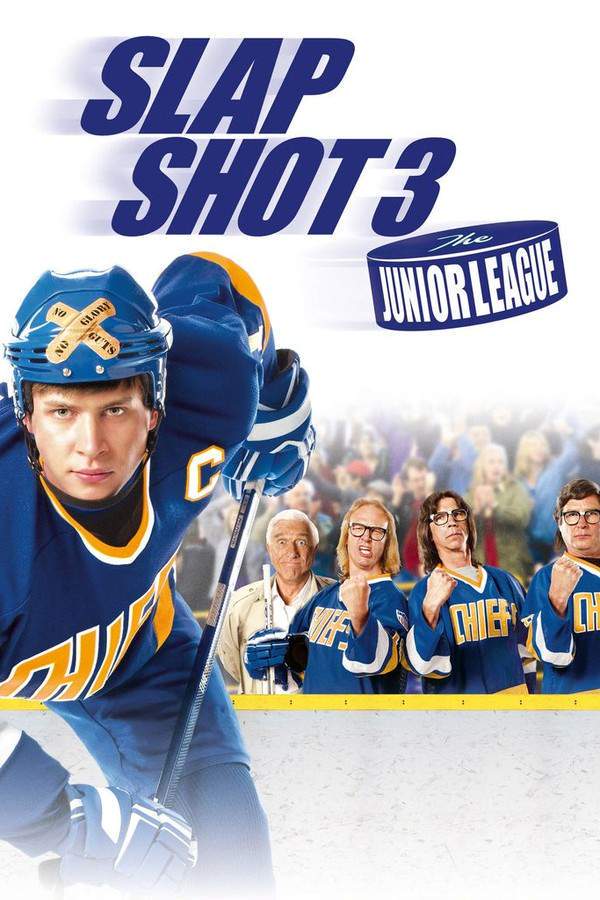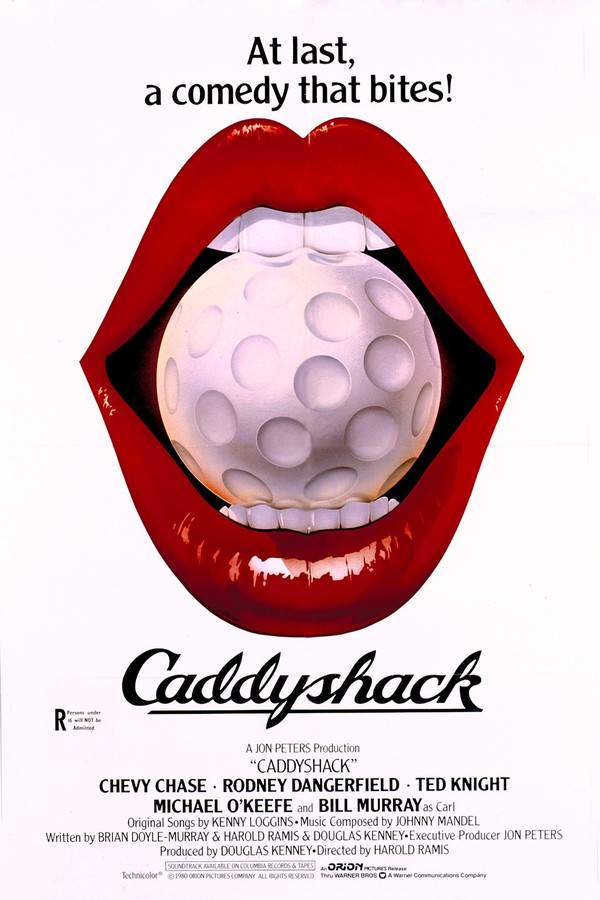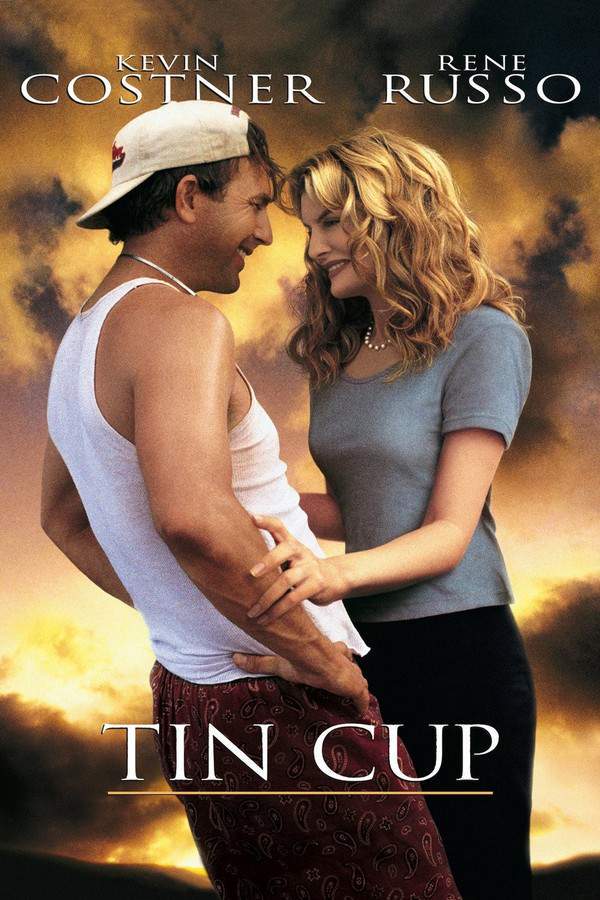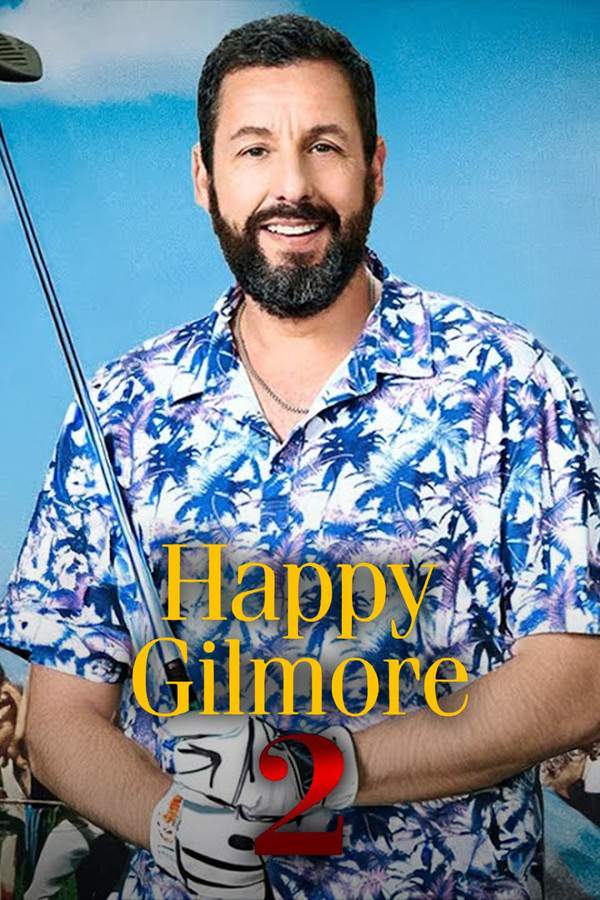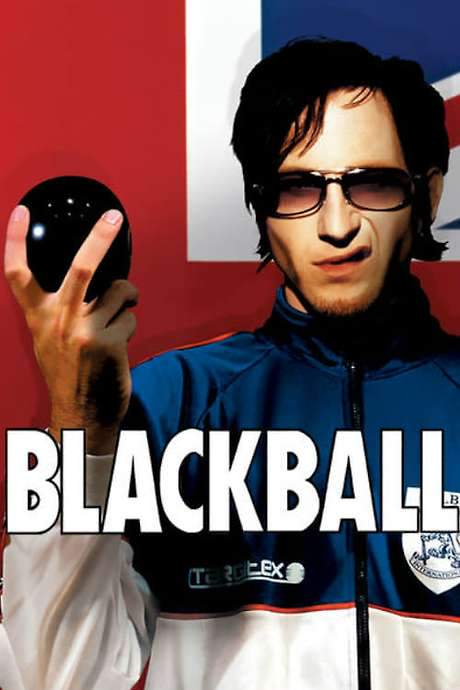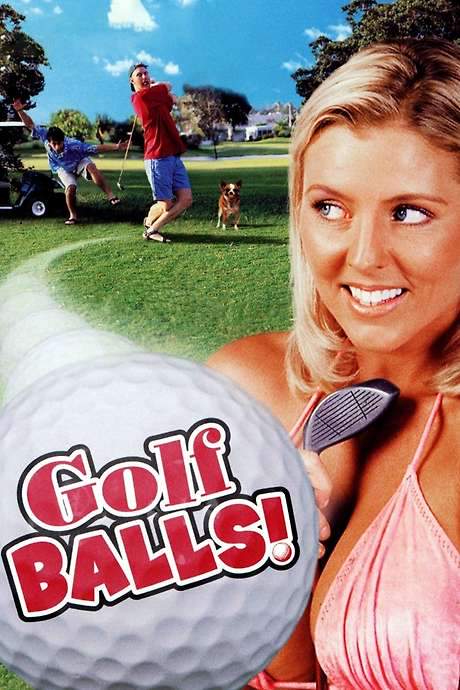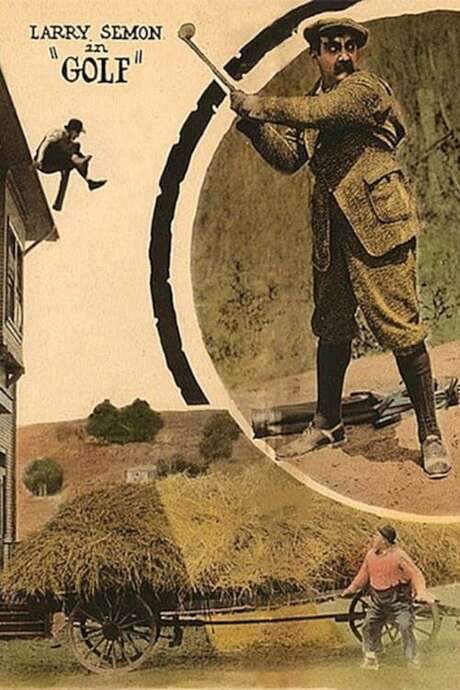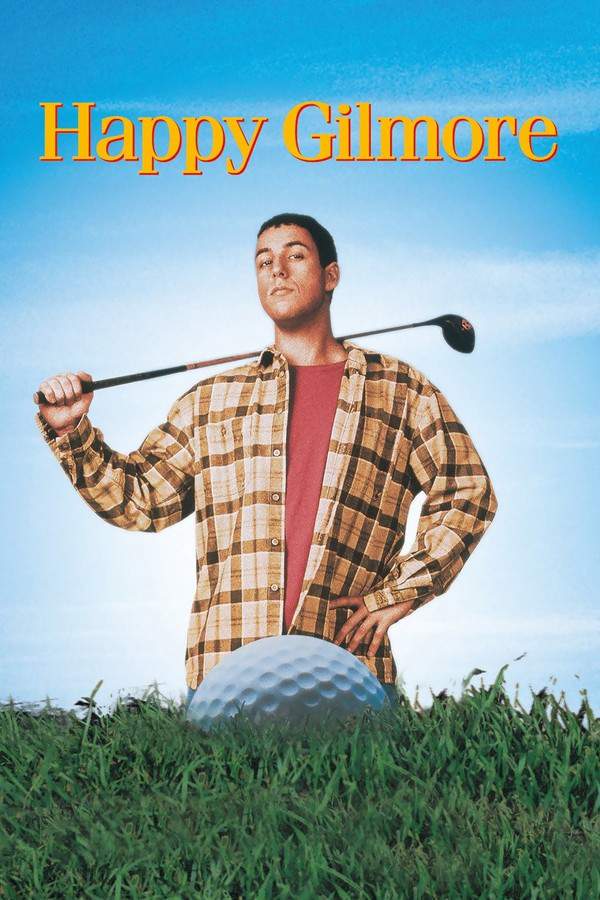
Happy Gilmore
Year: 1996
Runtime: 92 min
Language: English
Director: Dennis Dugan
Budget: $12M
Happy Gilmore pursues a career in golf to save his grandmother's house from foreclosure. Trading his hockey skates for a golf club, he quickly becomes a surprising sensation with his unconventional style and aggressive playing. His boisterous personality and lack of traditional golf etiquette ruffle the feathers of the established, more refined players as he navigates the competitive world of professional golf.
Warning: spoilers below!
Haven’t seen Happy Gilmore yet? This summary contains major spoilers. Bookmark the page, watch the movie, and come back for the full breakdown. If you're ready, scroll on and relive the story!
Happy Gilmore (1996) – Full Plot Summary & Ending Explained
Read the complete plot breakdown of Happy Gilmore (1996), including all key story events, major twists, and the ending explained in detail. Discover what really happened—and what it all means.
Happy Gilmore, portrayed by Adam Sandler, is a determined young man with aspirations of becoming an ice hockey player. Gifted with a powerful slap-shot learned from his late father, Happy struggles with a glaring lack of skating skills and a notorious aggressive demeanor, which continually hinders his efforts to secure a place on a hockey team. His situation worsens when he discovers that his beloved grandmother (Frances Bay), who raised him after his father’s passing, has fallen behind on her tax payments, leading to a $270,000 debt to the IRS. With just three months to gather the funds, Happy faces the grim reality that their family home, built by his grandfather “with his bare hands,” is set to be seized. Amidst this chaos, his grandmother is forced to move into a retirement home overseen by the sadistic manager Hal (Ben Stiller in an uncredited role).
While dealing with the moving of Grandma’s belongings, a couple of movers challenge Happy to hit golf balls. To everyone’s surprise, he sends them soaring over 400 yards with his unconventional slap-shot, earning $40 in the process. This unexpected success sparks an idea — Happy decides to visit the driving range where he can use his hockey swing to outsmart other golfers. Once his talent is noticed by Chubbs Peterson (Carl Weathers), a former golf champion whose career ended catastrophically after losing his right hand to an alligator, he encourages Happy to enter a local tournament where he could earn the money needed to save his grandmother’s home.
Happy’s victory in the tournament earns him a spot on the Pro Golf Tour, but he disregards Chubbs’ advice to wait six months to further refine his golfing skills. Instead, he jumps into the competition right away, quickly making an enemy of the pompous star, Shooter McGavin (Christopher McDonald), who perceives Happy as an unwelcome distraction and a threat to his own golf career. As Happy discovers the golfing world, he realizes that while his driving skills are impressive, his putting is lacking, and his wild behavior begins to attract Shooter’s ire.
The tour’s popularity surges due to Happy’s antics, forcing Shooter to get creative in his attempts to have Happy expelled from the tour, leading him to hire a mentally unstable fan named Donald (Joe Flaherty) to taunt Happy during matches. At one event, Happy is paired with the iconic Bob Barker, known for his role as the long-time host of “The Price Is Right,” leading to a chaotic situation fueled by Donald’s provocations and culminates in a hilarious physical altercation with Barker, which results in Happy facing a hefty fine and suspension from the tour.
Despite the challenges, Happy manages to secure an endorsement deal with Subway, affording him enough funds to reclaim Grandma’s house, only to find out when he arrives that it will be auctioned off. Shooter, seeing an opportunity, outbids him, intending to leverage control over Happy by making him quit the tournament in exchange for the house. However, Virginia Venit (Julie Bowen), the tour’s PR head, intervenes, encouraging Happy to chase his dreams rather than settle for the house.
Determined to win back the house, Happy proposes a wager — if he finishes the Tour Championship above Shooter, he gets the house back; if not, he will leave the tour permanently. After some self-reflection and help from Chubbs, Happy hones his skills, particularly his putting, and they form an emotional bond, especially after Happy presents Chubbs with the head of the alligator that took his hand, only for the shock to result in a tragic accident.
As the tournament progresses, Happy and Shooter are neck and neck. In a last-ditch effort, Shooter employs Donald again, leading to a wild scene where Donald rams Happy with a Volkswagen Beetle. Undeterred and inspired, Happy overcomes the odds, applying the wisdom imparted by Chubbs and drawing encouragement from his grandmother.
The climax occurs on the 18th hole when both competitors face off, with Happy managing to tie Shooter against all odds, just before a freak accident collapses a TV tower, obstructing his path. In a moment of brilliance, using techniques he learned, he executes a miraculous trick shot to win the Tour Championship and, thus, regain his grandmother’s home.
In the aftermath, Shooter’s attempt to steal Happy’s trophy jacket is thwarted by an unlikely hero in Happy’s former boss, Mr. Larson (Richard Kiel), inciting a raucous crowd. The movie concludes with Happy enjoying heartfelt congratulations from the ghost of Chubbs, the spirit of Abraham Lincoln, and the fearsome alligator, encapsulating the film’s blend of humor and heartfelt moments.
Last Updated: November 08, 2024 at 00:30
Explore Movie Threads
Discover curated groups of movies connected by mood, themes, and story style. Browse collections built around emotion, atmosphere, and narrative focus to easily find films that match what you feel like watching right now.
Movies like Happy Gilmore: Underdog Sports Comedies
Outsiders who break the rules but win with raw talent and heart.If you liked Happy Gilmore's rowdy energy, you'll enjoy these movies featuring unconventional heroes in sports comedies. This list includes similar stories of underdogs who break the rules, have hilarious rivalries, and use their sheer willpower to triumph.
Narrative Summary
Stories typically begin with a protagonist who is an outsider to the sport, forced into it by personal circumstance. Their journey involves overcoming prejudice from the establishment, learning the fundamentals in their own way, and facing off against a polished, arrogant rival. The plot is often a linear rise through competitions, punctuated by comedic setbacks and personal growth, culminating in a triumphant victory.
Why These Movies?
These films are grouped by their shared high-energy, comedic tone centered on an underdog narrative. They mix the thrill of sports competition with slapstick humor and a lighthearted, feel-good atmosphere where the hero's flaws become their greatest strengths.
Funny Redemption Stories Similar to Happy Gilmore
Characters who find success by applying the wrong talent to the right problem.Find more movies like Happy Gilmore where a character's unusual talent leads to a lighthearted redemption arc. These films share a fast pace, high humor score, and a story about turning a personal flaw into a strength to achieve a heartfelt goal.
Narrative Summary
The narrative pattern involves a protagonist with a specific, often chaotic, talent (like aggression in hockey) who must apply it to a new, more restrained discipline (like golf) to achieve a noble goal, such as saving a family home. The conflict stems from their struggle to adapt, often leading to comedic mishaps, but their raw, unconventional approach ultimately gives them a unique edge. The journey is one of channeling a negative trait into a positive outcome.
Why These Movies?
Movies in this group share a specific character arc: the repurposing of a flaw for good. They are united by a light emotional weight, a consistently humorous tone, and a feel-good ending where the hero's uniqueness is celebrated rather than suppressed.
Unlock the Full Story of Happy Gilmore
Don't stop at just watching — explore Happy Gilmore in full detail. From the complete plot summary and scene-by-scene timeline to character breakdowns, thematic analysis, and a deep dive into the ending — every page helps you truly understand what Happy Gilmore is all about. Plus, discover what's next after the movie.
Happy Gilmore Timeline
Track the full timeline of Happy Gilmore with every major event arranged chronologically. Perfect for decoding non-linear storytelling, flashbacks, or parallel narratives with a clear scene-by-scene breakdown.

Characters, Settings & Themes in Happy Gilmore
Discover the characters, locations, and core themes that shape Happy Gilmore. Get insights into symbolic elements, setting significance, and deeper narrative meaning — ideal for thematic analysis and movie breakdowns.

Happy Gilmore Spoiler-Free Summary
Get a quick, spoiler-free overview of Happy Gilmore that covers the main plot points and key details without revealing any major twists or spoilers. Perfect for those who want to know what to expect before diving in.

More About Happy Gilmore
Visit What's After the Movie to explore more about Happy Gilmore: box office results, cast and crew info, production details, post-credit scenes, and external links — all in one place for movie fans and researchers.

Similar Movies to Happy Gilmore
Discover movies like Happy Gilmore that share similar genres, themes, and storytelling elements. Whether you’re drawn to the atmosphere, character arcs, or plot structure, these curated recommendations will help you explore more films you’ll love.
Explore More About Movie Happy Gilmore
Happy Gilmore (1996) Scene-by-Scene Movie Timeline
Happy Gilmore (1996) Movie Characters, Themes & Settings
Happy Gilmore (1996) Spoiler-Free Summary & Key Flow
Movies Like Happy Gilmore – Similar Titles You’ll Enjoy
Billy Madison (1995) Full Summary & Key Details
The Legend of Bagger Vance (2000) Plot Summary & Ending Explained
Caddyshack II (1988) Full Movie Breakdown
Goon (2012) Story Summary & Characters
Goon: Last of the Enforcers (2017) Ending Explained & Film Insights
Slap Shot (1977) Ending Explained & Film Insights
The Love Guru (2008) Detailed Story Recap
Caddyshack (1980) Ending Explained & Film Insights
Tin Cup (1996) Story Summary & Characters
Happy Gilmore 2 (2025) Full Summary & Key Details
Blackball (2003) Film Overview & Timeline
The Golf Specialist (1930) Movie Recap & Themes
Man’s Favorite Sport? (1964) Spoiler-Packed Plot Recap
Golfballs! (1999) Full Summary & Key Details
Golf (1922) Complete Plot Breakdown

